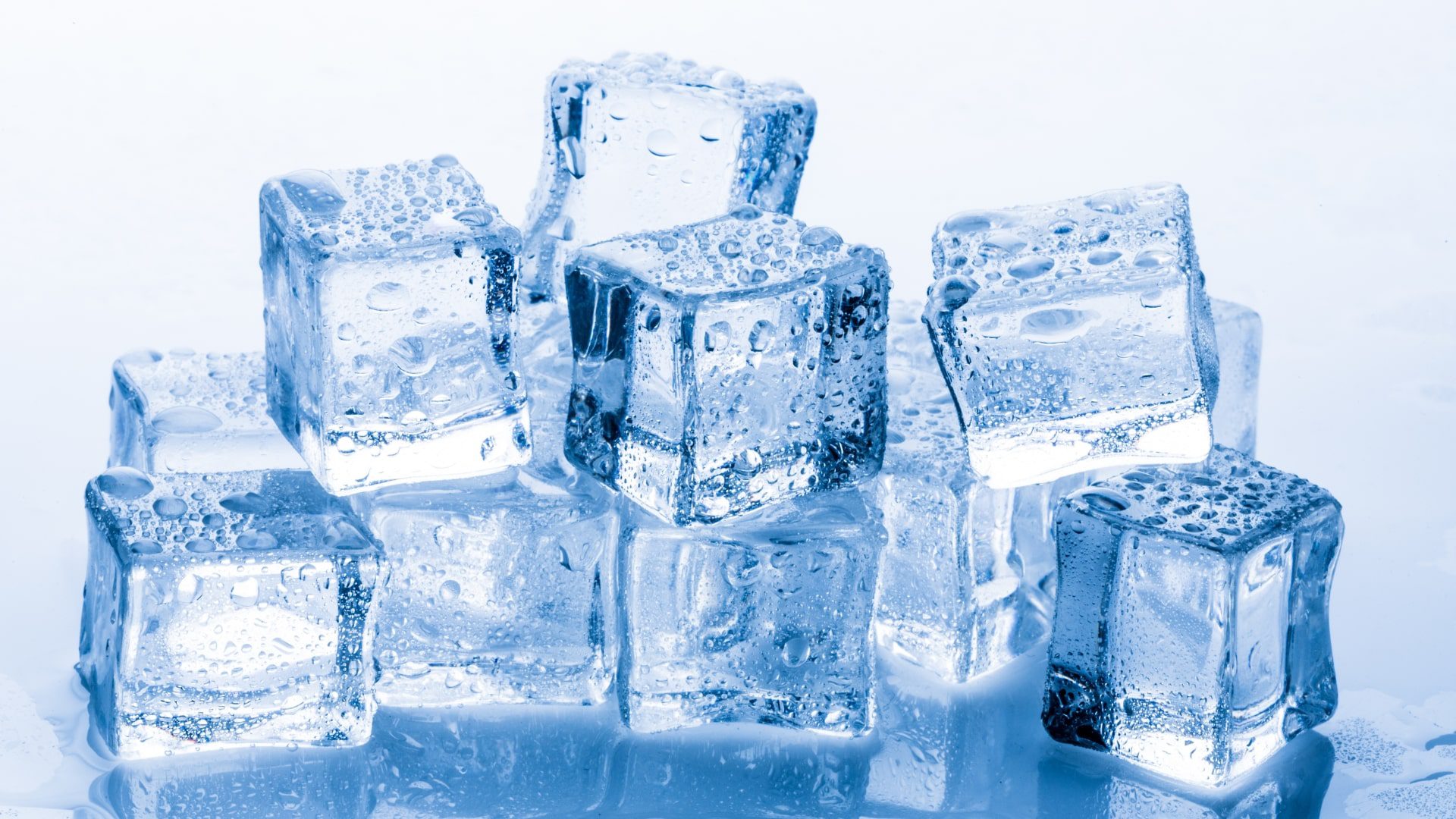
Cold packs, also known as ice packs or cold compresses, are simple but highly effective tools used to reduce pain, swelling, and inflammation. They are commonly used for injuries, sports recovery, headaches, and medical therapy. Cold packs are especially helpful in providing immediate relief in first-aid situations.
What Are Cold Packs?
Cold packs are portable pouches filled with cooling substances that can be chilled or activated to become cold. They are applied directly to the affected area of the body to reduce pain and inflammation. There are two main types of cold packs:
1. Reusable Cold Packs
-
Contain gel inside and are stored in a freezer.
-
Can be reused multiple times.
-
Remain soft and flexible even when frozen.
-
Commonly used at home or in therapy clinics.
2. Instant Cold Packs
-
Single-use packs available in first-aid kits.
-
Do not require a freezer.
-
Become cold instantly when squeezed or shaken.
-
Ideal for emergencies or travel.
How Do Cold Packs Work?
Cold packs work based on a method called cryotherapy, which means cold therapy. When a cold pack is applied:
-
Blood vessels constrict (vasoconstriction).
-
Blood flow to the area decreases, reducing swelling.
-
Nerve activity slows down, reducing pain signals.
-
Inflammation is controlled.
This helps prevent further tissue damage and provides relief within minutes.
The Science Behind Cold Packs
Reusable Gel Packs
Reusable packs contain silica gel or hydrogel mixed with water and stabilizing chemicals. When frozen, they absorb heat from the body and reduce pain and swelling.
Instant Cold Packs
These packs contain water and ammonium nitrate or urea in separate compartments. When squeezed, the inner packet breaks, causing the chemicals to mix. This chemical reaction absorbs heat, making the pack instantly cold.
When Should Cold Packs Be Used?
Cold packs are useful in many situations, including:
| Condition | Benefit |
|---|---|
| Sprains and strains | Reduces swelling and pain |
| Sports injuries | Provides quick relief |
| Knee or back pain | Reduces inflammation |
| Headaches and migraines | Numbs pain |
| Toothache | Temporary pain relief |
| Post-surgery swelling | Controls inflammation |
| Fever | Lowers body temperature |
How to Use a Cold Pack Safely
-
Apply for 10 to 15 minutes at a time.
-
Wrap the cold pack in a cloth to protect the skin.
-
Reapply every 2 to 3 hours if needed.
-
Do not apply directly to the skin to avoid frostbite.
-
Avoid using on open wounds or broken skin.
Who Should Avoid Using Cold Packs?
Avoid using cold packs or consult a doctor first if you have:
-
Diabetes
-
Poor blood circulation
-
Nerve disorders
-
Raynaud’s disease
-
Sensitivity to cold
Cold Pack vs Hot Pack
| Feature | Cold Pack | Hot Pack |
|---|---|---|
| Best used for | Recent injuries, swelling | Muscle pain, stiffness |
| Primary effect | Reduces inflammation | Increases blood flow |
| Ideal time to use | First 48 hours after injury | After swelling has reduced |
Cold packs are an essential tool for managing pain, swelling, and injuries. They are easy to use, effective, and widely available. When used correctly, cold packs help control inflammation, provide quick relief, and support faster recovery. Whether at home, during sports, or in clinics, cold packs are a valuable part of basic first-aid care.


